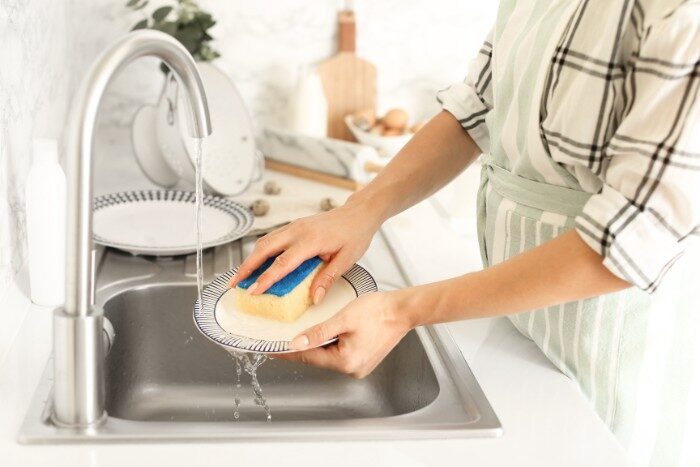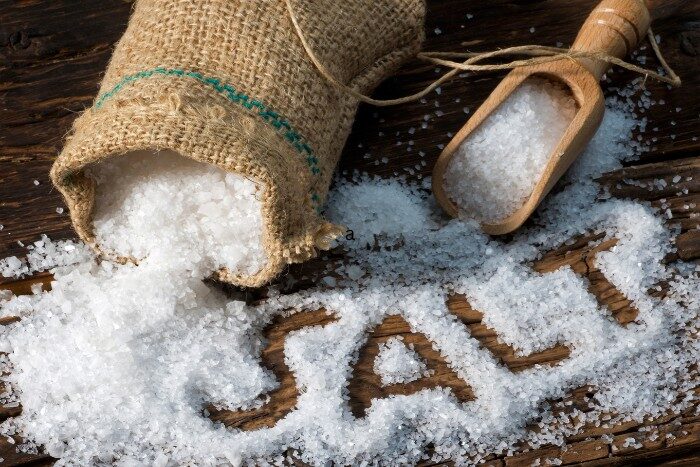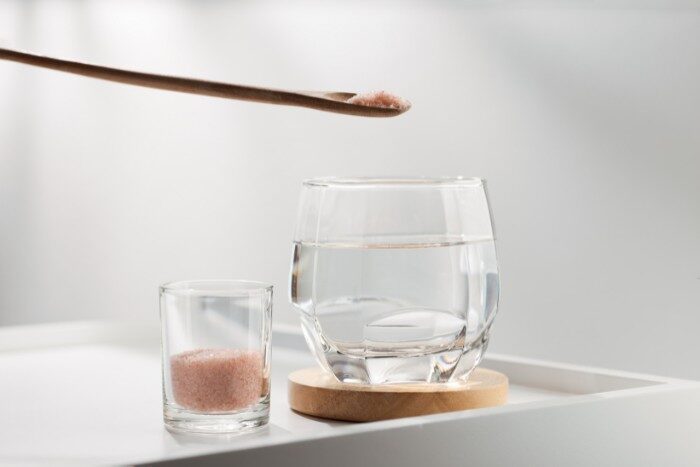
The Phoenix metropolitan area is home to some of the hardest water in the entire United States. Water hardness is measured in grains per gallon (GPG). Once levels surpass 7 GPG, it’s classified as “very hard.” When the concentration exceeds 10.5 GPG, it falls into the “extremely hard” category. In Phoenix and the surrounding areas, water hardness typically ranges between 12 and 22 grains per gallon. For this reason, only the top-rated water softeners in Arizona can effectively manage this level of mineral content.
Hard water contributes to mineral deposits in plumbing systems, water heaters, dishwashers, laundry machines, and other household appliances. You’ll often notice the effects as white spots or scale buildup on faucets, glass shower doors, and bathroom fixtures. It also reduces the cleaning power of soaps and detergents, leading to residue left behind on skin, hair, and laundry. It’s no surprise that many Phoenix homeowners actively search for the best water softener solutions to combat these problems.
Understanding How Water Softeners Work

Water softening systems function through a process known as ion exchange. This means that the calcium and magnesium ions responsible for water hardness are swapped out for sodium or potassium ions, which do not cause scaling. The process does not reduce the total number of dissolved solids in the water—it simply replaces scale-forming minerals with non-damaging ones. In the Phoenix area, where sodium is already naturally present in groundwater, the added sodium from a softener is minimal.
Sodium vs. Salt: What’s the Difference?

A common point of confusion is the difference between “sodium” and “salt.” Though they are related, they are not interchangeable terms. It’s entirely possible to soften water without adding sodium by using potassium chloride instead. Both sodium chloride and potassium chloride are classified as salts, and they’re vital for creating soft water in homes across Phoenix and Arizona in general. Even the highest-performing water softeners in the region rely on salt to eliminate hard water minerals effectively.
How Much Sodium Does a Water Softener Add?

Sodium is naturally found in the groundwater throughout the Salt River Valley. When a softener uses sodium chloride for regeneration, the amount of sodium added to the water is very minimal. For perspective, a gallon of softened water contains roughly the same amount of sodium as what’s found in two slices of bread. According to research from the U.S. Environmental Protection Agency and the New England Journal of Medicine, the added sodium from softened water poses negligible health risks for most people.
For Sodium-Restricted Diets: Use Reverse Osmosis

If you’ve been advised to follow a low-sodium diet, you can still benefit from softened water throughout your home while minimizing sodium intake from drinking water. A reverse osmosis (RO) system can be installed at your kitchen tap or designated drinking water faucet. RO systems effectively filter out sodium and other contaminants, providing clean, low-sodium drinking water and eliminating the need for bottled water.
Want to learn more about alternatives like salt-free softeners? Be sure to check out our article: Do Salt-Free Water Softening Systems Really Work?

Your home deserves better water. Call (480) 923-7337 or take our quick online quiz at www.clearwaterarizona.com to find the right water softening solution for your household—installed by Arizona’s local water experts.


